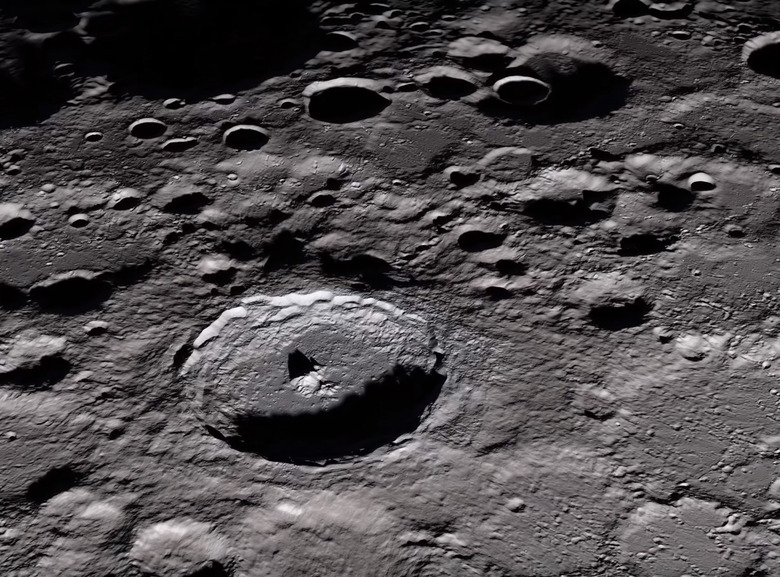The Moon Might Be The Perfect Tool For Finding Alien Life In The Cosmos
- The Moon could be used as a tool for finding life, specifically because it is tidally locked to Earth.
- Placing a radio telescope on the far side of the Moon could make it much easier to detect signals in space, and potentially reveal the presence of alien civilizations.
- No plans for building a telescope on the Moon are set in stone, but it could happen sooner rather than later.
Earth's Moon is a mostly dry, totally dusty, and completely uninhabitable rock... at least in its current state. So, with that in mind, you might wonder why SETI, the Search for Extraterrestrial Intelligence, finds it to be such an intriguing place. As it turns out, the Moon might actually help us find intelligent life out in the cosmos, and precisely because it's so "boring" from our point of view.
In a new white paper by SETI researchers and other scientists examines the potential for the Moon to be used as a tool for finding life out in space. The key? Earth's Moon is tidally locked to our planet, and that makes it perfect for examining space without interference.
The SETI project has utilized many approaches to searching for life in space. One of the most important tools in the SETI arsenal are radio telescopes that can detect signals beaming through space. Some of these signals occur naturally and are produced by things like black holes, dying stars, and other interesting objects.
But Earthlings fire off all kinds of signals into space, too, both intentionally and as a byproduct of our communications technology. If we could detect similar signals coming from one or more points in space it could offer us a hint that intelligent life is not only out there, but perhaps even close enough to attempt to communicate with.
The problem, however, is that radio telescopes on Earth deal with a lot of interference. Signals are fling all over the place down here, not to mention the increasingly crowded space around Earth is packed with satellites that make detecting signals in space even more difficult. A telescope situated on the far side of the Moon — which never faces Earth and is therefore isolated from the annoying interference — could make it much easier to find what SETI is looking for.
Of course, talking about building a radio telescope on the Moon and actually doing it are two very different things. A mission to the far side of the Moon is more risky than one to the near side, and thus far only China has successfully performed a soft landing on the side of the Moon we never see. Still, the benefits could greatly outweigh the cost and time investment, as finding evidence of intelligent alien life could alter the course of history in a dramatic way.
There are no current plans for such a mission to be launched, but once the crewed Artemis missions to the Moon beginning in 2024 (or shortly thereafter) we may see increased urgency in the search for extraterrestrial life.
